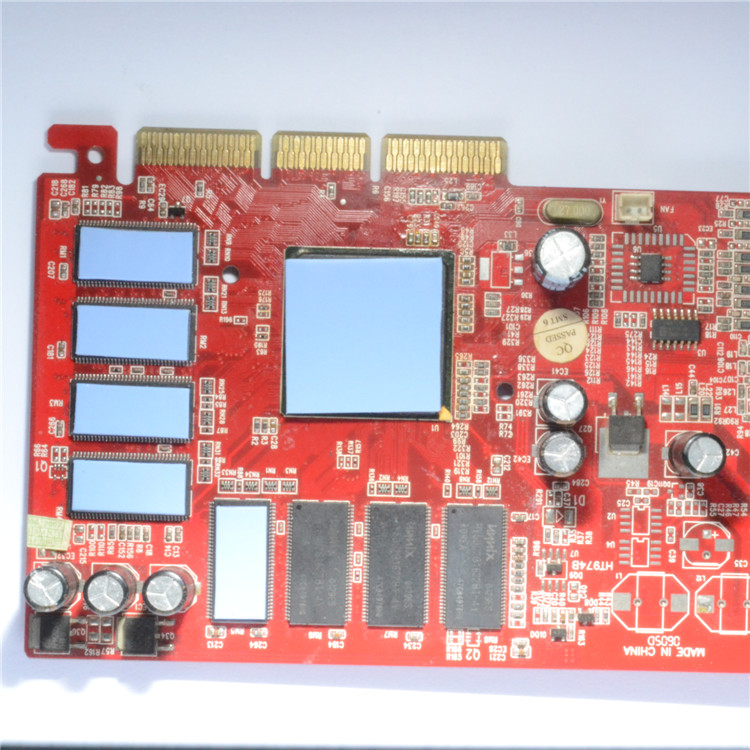 For laptops, due to the extremely limited space for heat dissipation, the design of the heat dissipation module becomes extremely challenging. For the heat dissipation modules of portable computers, they generally include fans, heat-conducting copper tubes, and heat-conducting silicone rubber sheets for interface materials.
The heat-conducting silicone rubber sheet solution for laptops is to install a silicone heat-conducting sheet on the high-speed processing chips and make it contact with the chassis for heat dissipation. The internal components of laptops usually have more aluminum structures. In such cases, a heat-conducting silicone rubber sheet can be installed to achieve a close and seamless contact between the metal structure and the chip structure, thereby achieving excellent heat dissipation and cooling effects. Compared to installing fans, the heat-conducting silicone rubber sheet can achieve better noise reduction effects. For laptops, there are many places where heat-conducting silicone rubber sheets can be installed, such as wireless network modules, central processors, south and north bridge chipsets, etc. Currently, heat-conducting silicone rubber sheets have been widely used to fill the gaps between large-power chips such as the south bridge, north bridge, power management chips, CPU, and graphics cards in laptops. The heat-conduction and cooling effects are good. Even without installing fans, as long as a heat-conducting silicone rubber sheet is attached, it can ensure that the maintenance technician can power on and test the board for a few minutes without any problems.
For laptops, due to the extremely limited space for heat dissipation, the design of the heat dissipation module becomes extremely challenging. For the heat dissipation modules of portable computers, they generally include fans, heat-conducting copper tubes, and heat-conducting silicone rubber sheets for interface materials.
The heat-conducting silicone rubber sheet solution for laptops is to install a silicone heat-conducting sheet on the high-speed processing chips and make it contact with the chassis for heat dissipation. The internal components of laptops usually have more aluminum structures. In such cases, a heat-conducting silicone rubber sheet can be installed to achieve a close and seamless contact between the metal structure and the chip structure, thereby achieving excellent heat dissipation and cooling effects. Compared to installing fans, the heat-conducting silicone rubber sheet can achieve better noise reduction effects. For laptops, there are many places where heat-conducting silicone rubber sheets can be installed, such as wireless network modules, central processors, south and north bridge chipsets, etc. Currently, heat-conducting silicone rubber sheets have been widely used to fill the gaps between large-power chips such as the south bridge, north bridge, power management chips, CPU, and graphics cards in laptops. The heat-conduction and cooling effects are good. Even without installing fans, as long as a heat-conducting silicone rubber sheet is attached, it can ensure that the maintenance technician can power on and test the board for a few minutes without any problems.